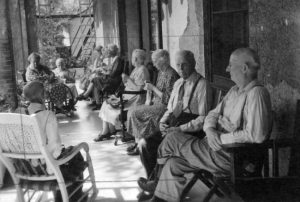Whether you have an elderly loved one at a nursing home or assisted-living facility in San Bernardino County or somewhere nearby in Southern California, we know that you are likely watching the news about the spread of the coronavirus carefully. Given that nursing homes are filled with older adults who suffer from a variety of health conditions, including many with compromised immune systems, residents of these facilities are at a particularly high risk of a severe case of COVID-19 and at a significantly higher risk of death than the rest of the population. News reports indicating that dozens, and sometimes more, residents of nursing homes across the country are dying of COVID-19 have served as a call to action when it comes to making nursing homes safer.
A recent article from Kaiser Health News reports that many of the “COVID-plagued” facilities in California have histories of safety problems and violations. In other words, these facilities should have been targeted much sooner, in which case some coronavirus deaths may have been prevented.
California Nursing Homes with Past Problems
 Southern California Nursing Home Abuse Lawyer Blog
Southern California Nursing Home Abuse Lawyer Blog















